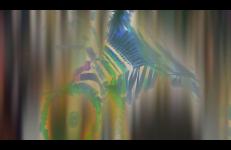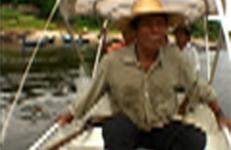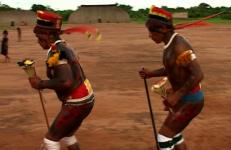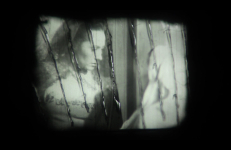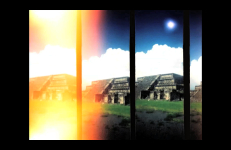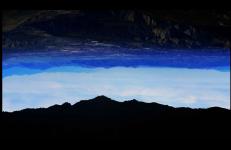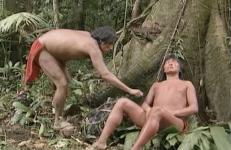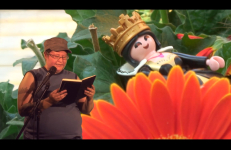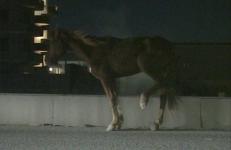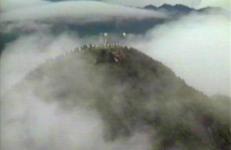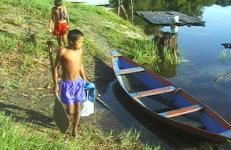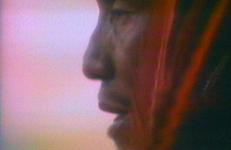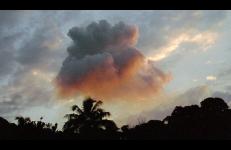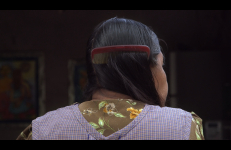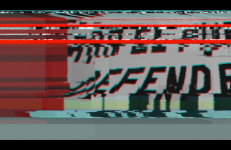An elegy to Diane Burns on the shapes of mortality and being, and the forms the transcendent spirit takes while descending upon landscapes of life and death. A place for new mythologies to syncopate with deterritorialized movement and song, reifying old routes of reincarnation. Where resignation gives hope for another opportunity, another form, for a return to the vicissitudes of the living and all their refractions.
“I’m from Oklahoma I ain’t got no one to call my own.
If you will be my honey, I will be your sugar pie way hi ya
way ya hi ya way ya hi yo.”




